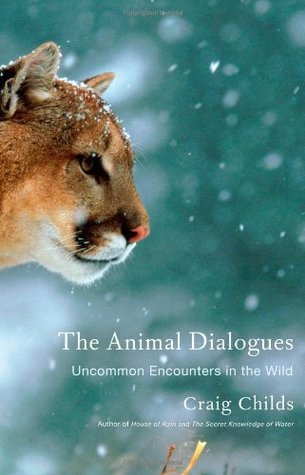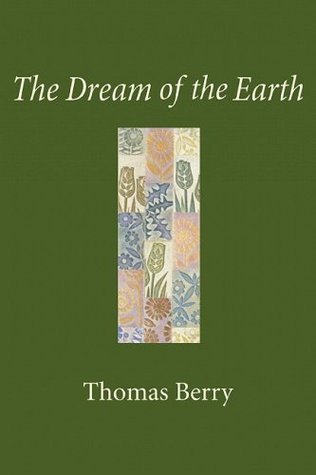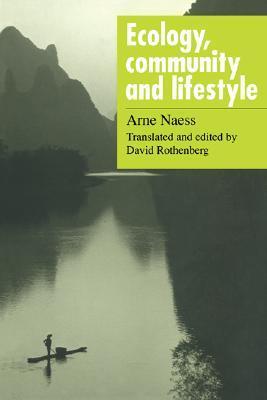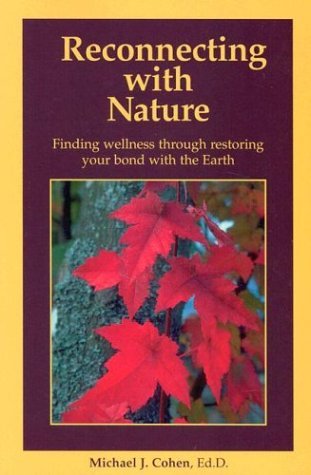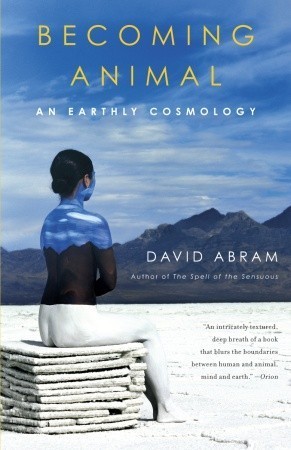
Becoming Animal: An Earthly Cosmology
Book Description
What if the natural world is not just a backdrop but an essential character in our story? David Abram's "Becoming Animal: An Earthly Cosmology" plunges into the vibrant pulse of the Earth, revealing the intricate connections between humanity and the wild. With each page, the boundaries between the self and the other blur, awakening a deeper awareness of our place in the living landscape. This philosophical journey intertwines the wisdom of indigenous cultures with the urgency of our ecological crisis, compelling readers to reimagine their relationship with nature. How will the awakening of our senses change the way we live?
Quick Book Summary
"Becoming Animal: An Earthly Cosmology" by David Abram invites readers to reconsider humanity’s relationship with the natural world, suggesting that the Earth is not merely a backdrop but a living presence shaping who we are. Abram draws upon phenomenology, indigenous wisdom, and ecological science to reveal how modern culture’s reliance on abstraction has dulled our sensory engagement with the living landscape. Through poetic narrative and philosophical reflection, the book urges us to embrace our animality, rekindle our senses, and recognize the animate qualities of the more-than-human world. This shift, Abram argues, is essential for confronting the ecological crisis and reestablishing a respectful, participatory relationship with Earth. The book provides both a wake-up call and a hopeful vision for healing our planet through a profound reconnection with nature.
Summary of Key Ideas
Table of Contents
Rediscovering Sensory Perception
Abram begins by addressing how modern humans have come to experience the world in a strangely detached fashion, often regarding nature as inert or merely a resource. Drawing inspiration from phenomenology and indigenous perspectives, he invites readers to rediscover the full spectrum of sensory engagement with the environment. This reawakening allows us to inhabit our bodies more fully and perceive the living world as alive, responsive, and filled with meaning.
The Animate Qualities of Nature
A central theme is the recognition that the natural world possesses its own agency and subjectivity. Abram explores how animals, plants, rivers, and stones should not be seen as mere objects, but as participants in a larger web of interrelated beings. By opening ourselves to the animate qualities of a more-than-human world, we begin to dissolve the boundaries between "self" and "other," cultivating a deeper sense of belonging and reciprocity with the Earth.
The Power and Limits of Language
Language and storytelling emerge as powerful yet double-edged tools. Abram notes how written language and abstraction can distance us from direct sensory experience, even as oral traditions and poetry help keep us attuned to the voices of the wild. By reinvigorating our language with metaphors and imagery rooted in the natural world, we can recover a more authentic way of expressing and sharing our experience of being alive.
Human-Animal Connectedness
The book emphasizes that humans are not separate from nature but deeply interconnected with all creatures, including animals. Abram argues that by honoring our own animal bodies and instincts, we reconnect with the instincts and intelligence of other beings. Recognizing our kinship with the animal world leads to humility, respect, and a mutual flourishing.
Ecological Awareness as Spiritual Practice
Ultimately, Abram proposes that genuine ecological awareness is also a spiritual practice. He invites readers to engage in rituals of attention and gratitude, to listen to the land, and participate actively in the rhythms and patterns of the Earth. By cultivating a more intimate, participatory relationship with the living cosmos, we not only address environmental crises but also rediscover a profound sense of wonder and responsibility for the broader community of life.
Download This Summary
Get a free PDF of this summary instantly — no email required.

